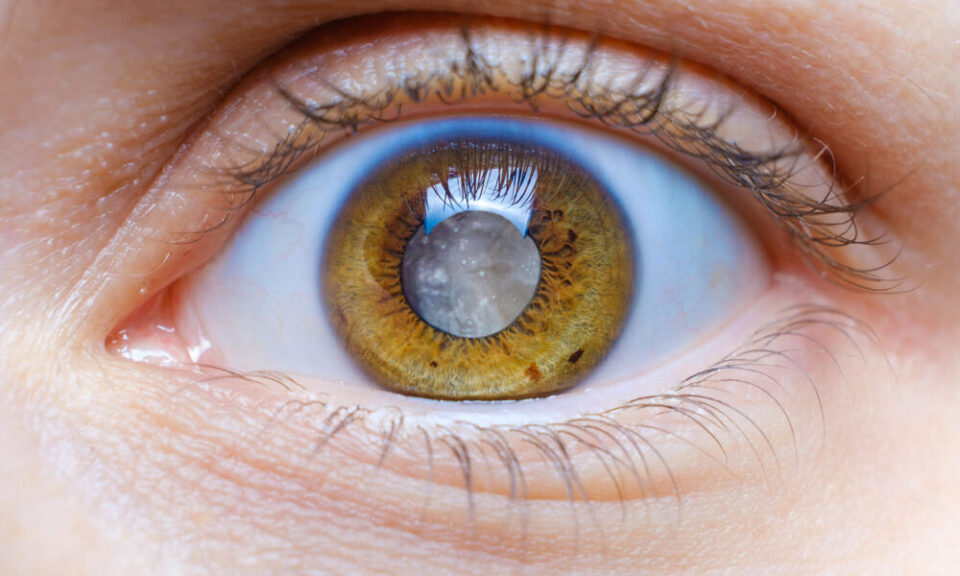Omega-3 fatty acids are fundamental for retinal tissue formation and visual pathway development. These essential fats integrate into photoreceptor cell membranes, enabling proper light detection and signal processing. macuhealth ingredients containing these vital nutrients support the complex biochemical processes that transform light into coherent visual information throughout developmental stages.
Essential fatty acid structure
Docosahexaenoic acid (DHA) represents the most abundant omega-3 fatty acid found in retinal tissue, comprising approximately 50% of all fatty acids in photoreceptor outer segments. This high concentration occurs because DHA molecules possess unique structural properties, maintaining membrane fluidity at body temperature. The molecular structure of DHA contains six double bonds, creating a highly flexible configuration that allows rapid conformational changes. These structural characteristics enable rhodopsin proteins to undergo the shape changes necessary for phototransduction, converting light photons into electrical signals. Eicosapentaenoic acid (EPA) works alongside DHA to regulate inflammatory responses within developing retinal tissue. EPA serves as a precursor for specialized pro-resolving mediators that help control cellular inflammation during the intensive growth phases of retinal development.
Retinal membrane development
During retinal development, omega-3 fatty acids become selectively incorporated into phospholipid bilayers of photoreceptor membranes. This selective incorporation happens through specific transport mechanisms that recognize and prioritize these essential fats over other fatty acid types.
Many disc membranes surround the outer segments of rod and cone photoreceptors. DHA provides the membrane fluidity required for optimal disk formation and stacking during photoreceptor maturation. Key membrane development processes include:
- Formation of highly organized disc structures in rod outer segments
- Development of folded membrane systems in cone photoreceptors
- Establishment of proper membrane protein orientation
- Creation of optimal lipid-protein ratios for efficient light capture
Visual signal transmission
Omega-3 fatty acids directly influence the speed and efficiency of visual signal transmission from photoreceptors to downstream retinal neurons. The membrane environment these fats create affects the kinetics of rhodopsin activation and subsequent enzymatic cascades. Research demonstrates that DHA-rich membranes support faster recovery times for photoreceptors after light exposure. This enhanced recovery capacity becomes crucial for maintaining visual sensitivity across varying light conditions. Omega-3 fatty acids support neurotransmitter release from photoreceptors and bipolar cells. DHA influences calcium channel function and vesicle fusion processes, determining signal strength and timing.
Early development stages
- The critical period for omega-3 incorporation into retinal tissue occurs during the final trimester of pregnancy and continues through the first two years of life. DHA accumulation in retinal tissue increases rapidly during this window as photoreceptor outer segments undergo intensive development.
- Maternal DHA status directly influences fetal retinal development through placental transfer mechanisms. The developing retina preferentially accumulates DHA even when maternal stores become limited, highlighting the critical importance of these fats for visual system formation.
- Postnatal development continues to require an adequate omega-3 supply for:
- Completion of photoreceptor outer segment development
- Refinement of retinal blood vessel networks
- Maturation of central retinal areas responsible for detailed vision
- Development of proper connections between retinal layers
Omega-3 fatty acids are essential structural components that enable proper retinal development and visual function. Their unique molecular properties support membrane formation, signal transmission, and developmental processes that establish the foundation for lifelong vision. The selective accumulation of these fats in retinal tissue reflects their fundamental importance in creating the specialized cellular environment required for efficient light detection and visual processing.

